Automatic construction of statistical shape models using deformable simplex meshes with vector field convolution energy
- PMID: 28438178
- PMCID: PMC5404340
- DOI: 10.1186/s12938-017-0340-0
Automatic construction of statistical shape models using deformable simplex meshes with vector field convolution energy
Abstract
Background: In the active shape model framework, principal component analysis (PCA) based statistical shape models (SSMs) are widely employed to incorporate high-level a priori shape knowledge of the structure to be segmented to achieve robustness. A crucial component of building SSMs is to establish shape correspondence between all training shapes, which is a very challenging task, especially in three dimensions.
Methods: We propose a novel mesh-to-volume registration based shape correspondence establishment method to improve the accuracy and reduce the computational cost. Specifically, we present a greedy algorithm based deformable simplex mesh that uses vector field convolution as the external energy. Furthermore, we develop an automatic shape initialization method by using a Gaussian mixture model based registration algorithm, to derive an initial shape that has high overlap with the object of interest, such that the deformable models can then evolve more locally. We apply the proposed deformable surface model to the application of femur statistical shape model construction to illustrate its accuracy and efficiency.
Results: Extensive experiments on ten femur CT scans show that the quality of the constructed femur shape models via the proposed method is much better than that of the classical spherical harmonics (SPHARM) method. Moreover, the proposed method achieves much higher computational efficiency than the SPHARM method.
Conclusions: The experimental results suggest that our method can be employed for effective statistical shape model construction.
Keywords: Deformable models; Greedy algorithm; Shape correspondence establishment; Shape model construction; Simplex meshes; VFC energy.
Figures
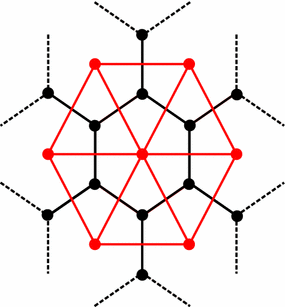

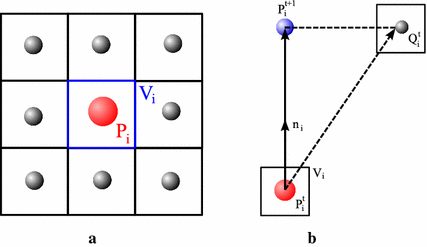

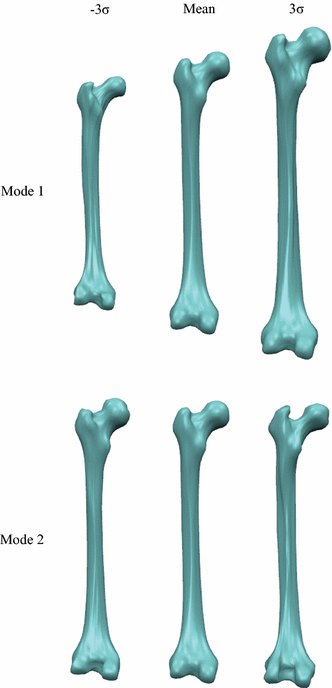
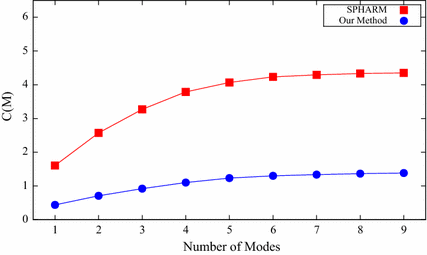
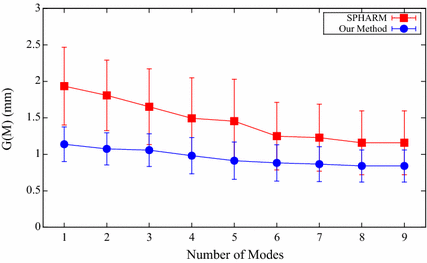
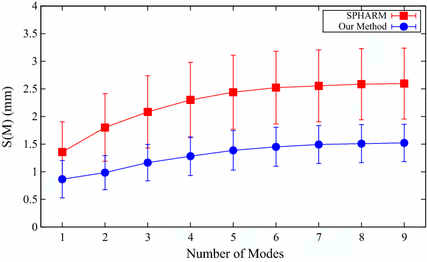
Similar articles
-
Automated 3-D PDM construction from segmented images using deformable models.IEEE Trans Med Imaging. 2003 Aug;22(8):1005-13. doi: 10.1109/TMI.2003.815864. IEEE Trans Med Imaging. 2003. PMID: 12906254
-
Conditional variability of statistical shape models based on surrogate variables.Med Image Comput Comput Assist Interv. 2009;12(Pt 2):84-91. doi: 10.1007/978-3-642-04271-3_11. Med Image Comput Comput Assist Interv. 2009. PMID: 20426099
-
Automated segmentation of the femur and pelvis from 3D CT data of diseased hip using hierarchical statistical shape model of joint structure.Med Image Comput Comput Assist Interv. 2009;12(Pt 2):811-8. doi: 10.1007/978-3-642-04271-3_98. Med Image Comput Comput Assist Interv. 2009. PMID: 20426186
-
Development of a population-based model of surface segmentation uncertainties for uncertainty-weighted deformable image registrations.Med Phys. 2010 Feb;37(2):607-14. doi: 10.1118/1.3284209. Med Phys. 2010. PMID: 20229869 Free PMC article.
-
Statistical shape models for 3D medical image segmentation: a review.Med Image Anal. 2009 Aug;13(4):543-63. doi: 10.1016/j.media.2009.05.004. Epub 2009 May 27. Med Image Anal. 2009. PMID: 19525140 Review.
Cited by
-
Distal Humerus Morphological Analysis of Chinese Individuals: A Statistical Shape Modeling Approach.Orthop Surg. 2022 Oct;14(10):2730-2740. doi: 10.1111/os.13492. Epub 2022 Sep 14. Orthop Surg. 2022. PMID: 36102259 Free PMC article.
-
A Statistical Shape Model of the Morphological Variation of the Infrarenal Abdominal Aortic Aneurysm Neck.J Clin Med. 2022 Mar 18;11(6):1687. doi: 10.3390/jcm11061687. J Clin Med. 2022. PMID: 35330011 Free PMC article.
-
OpenHands: An Open-Source Statistical Shape Model of the Finger Bones.Ann Biomed Eng. 2024 Nov;52(11):2975-2986. doi: 10.1007/s10439-024-03560-7. Epub 2024 Jul 3. Ann Biomed Eng. 2024. PMID: 38960974 Free PMC article.
-
Statistical Modeling of Lower Limb Kinetics During Deep Squat and Forward Lunge.Front Bioeng Biotechnol. 2020 Apr 2;8:233. doi: 10.3389/fbioe.2020.00233. eCollection 2020. Front Bioeng Biotechnol. 2020. PMID: 32300586 Free PMC article.
-
Fast and Accurate Craniomaxillofacial Landmark Detection via 3D Faster R-CNN.IEEE Trans Med Imaging. 2021 Dec;40(12):3867-3878. doi: 10.1109/TMI.2021.3099509. Epub 2021 Nov 30. IEEE Trans Med Imaging. 2021. PMID: 34310293 Free PMC article.
References
-
- Cootes TF, Taylor CJ, Cooper DH, Graham J. Active shape models—their training and application. Comput Vis Image Underst. 1995;61(1):38–59. doi: 10.1006/cviu.1995.1004. - DOI
-
- Jolliffe IT. Principal component analysis. Springer series in statistics. 2. Berlin: Springer; 2002.
-
- Chui H, Rangarajan A. A new point matching algorithm for non-rigid registration. Comput Vis Image Underst. 2003;89(2–3):114–141. doi: 10.1016/S1077-3142(03)00009-2. - DOI
Publication types
MeSH terms
LinkOut - more resources
Full Text Sources
Other Literature Sources
Medical

